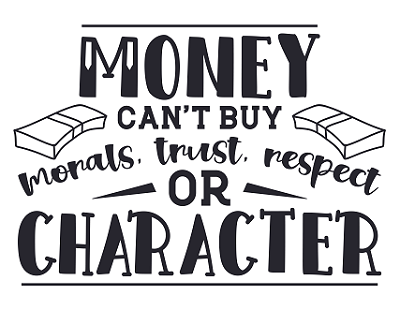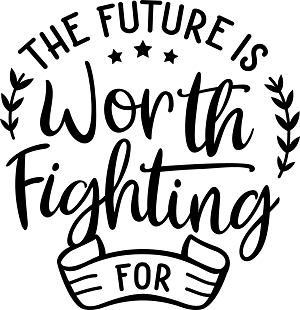 For anyone who is trying to be wise about time management, list-making seems to be a big component. Probably the most common scenario though is that people have trouble prioritizing their lists. At the end of the day, they feel as if they were going 90-to-nothing from sun up to sun down but accomplished very little. Without prioritization, time management is impossible.
For anyone who is trying to be wise about time management, list-making seems to be a big component. Probably the most common scenario though is that people have trouble prioritizing their lists. At the end of the day, they feel as if they were going 90-to-nothing from sun up to sun down but accomplished very little. Without prioritization, time management is impossible.
Picture a simple grocery list. Whether you’re going to your local grocery market or a new one, most items are grouped much the same way. It’s much easier to swiftly move from aisle to aisle if the shopping list is also organized.
With an unorganized list, you’re standing there on the first aisle scanning the list and hoping you get everything, so you don’t have to come back to that aisle. Because we all know backtracking is a waste of time, but so is standing there constantly referring to the poorly planned list over and over again.
If we learn to effectively prioritize, there’s no more staring at lists trying to figure out which thing to get done first. The motivation to get things done on time is much more prevalent when we know what to expect and have allowed a reasonable amount of time to accomplish our goals for the day.
Below are a few strategies to consider when prioritizing your lists:
One Task at a Time
Try to avoid multitasking as much as possible. It’s better to do a great job on a single task than a poor job on multiple tasks all at once. Life moves at an alarmingly fast rate and there it seems like the task list is never-ending, which leads to multitasking. Don’t fall into that trap. If you prioritize your lists properly, you’ll find there is plenty of time to get everything done.
Be Realistic
Unrealistic expectations are incredibly common when anyone creates a task list. There are a set number of hours every single day; no more, no less. Know your boundaries and when you are available to do these tasks. An excellent rule of thumb is to always over-estimate the time any task will take and underestimate how many tasks you will be able to get done in a day.
Do the Hard Stuff First
Get the horrible, time-sucking, brain-draining tasks done first thing. Don’t waste your whole day away dreading what’s coming! Your brain is more powerful in the morning; use that time wisely by getting the hard jobs out of the way.
Eat a live frog first thing in the morning and nothing worse will happen to you the rest of the day.
Mark Twain
Organizing the to-do list gets easier with practice. This doesn’t just come naturally to many of us, so don’t get frustrated if find the need to tweak things here and there for your personal preferences, personality, lifestyle and goals.
There are three critical parts to prioritizing a to-do list:
- Use a planner. You can put pen to paper and make your own, purchase fancy custom calendars and tasks lists, or utilize any number of online apps designed for just this purpose. Whatever you choose, make it stick. Organization is the key to effective time management, getting things done and prioritizing a schedule.
- Determine the difference – Urgent vs. Important. Not everything that is urgent is important. Determine your criteria for what makes things actually important and what others expect you to think is urgent.
- Blocking time. You’ll find blocking time especially beneficial for balancing home, family, work and self-care. Find the times that work for your life and get all of them blocked off. Don’t let the borders creep up on each other.
For instance, working from home can be a challenge, especially with children. Block out working and self-care times before the children get up in the morning and during naps.
Finally, it’s time to prioritize what actually gets on the to-do list for the day. The most successful people “block out” a time one day a week to work on the following weeks’ schedule. If your week starts on Monday, use a block of time Sunday evening.
There are countless ways to prioritize and again, it’s going to depend on your own preferences, responsibilities, etc.
Here are a couple of prioritization methods to help you get started:
1-3-5 Rule
One big task, three medium tasks and five small tasks daily. This easy method helps to not over-schedule yourself. A big task is something that may take more effort, thought, or time and should be done first. The medium tasks are things that need to get done but will take less of your time and effort. And the small tasks take even less time but still need attention.
For example:
1 Big Task: Work on the monthly family budget
3 Medium Tasks: Zumba class, plan menu for the week, shop for groceries
5 Small Tasks: Organize pantry, check email, do a load of laundry, pay bills online, clean out the fridge.
Obviously, when the to-do list is complete and you add these items to your planner or calendar you might need to mix the medium in with the small. In the example provided above, it would be best to clean out the fridge before planning the weeks’ menu and shopping for groceries.
ABCDE
For this method, write down all your tasks that need to be done for the day or even week and then assign them a letter according to priority.
A = Absolutely Must Do
B = Better Do
C = Could Do
D = Delegate
E = Eliminate
Once you’ve assigned them a letter, organize them into your schedule. Ones with a “C” aren’t a true priority and it’s okay if they carry over to the next day or week. However, those with an “A” or “B” need to be completed. Items with a “D” should be handed off to someone else so you can focus on your prioritized list and “E” items are things that are no longer relevant or have been completed as part of another task.
It’s much easier to get things done on time when we are organized and know what to expect for the day. Muddling through the day and just handling things as they come at us is a grave misuse of time and incredibly unproductive. Control how you spend your time with prioritizing to get the most of your day!





